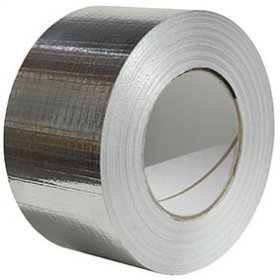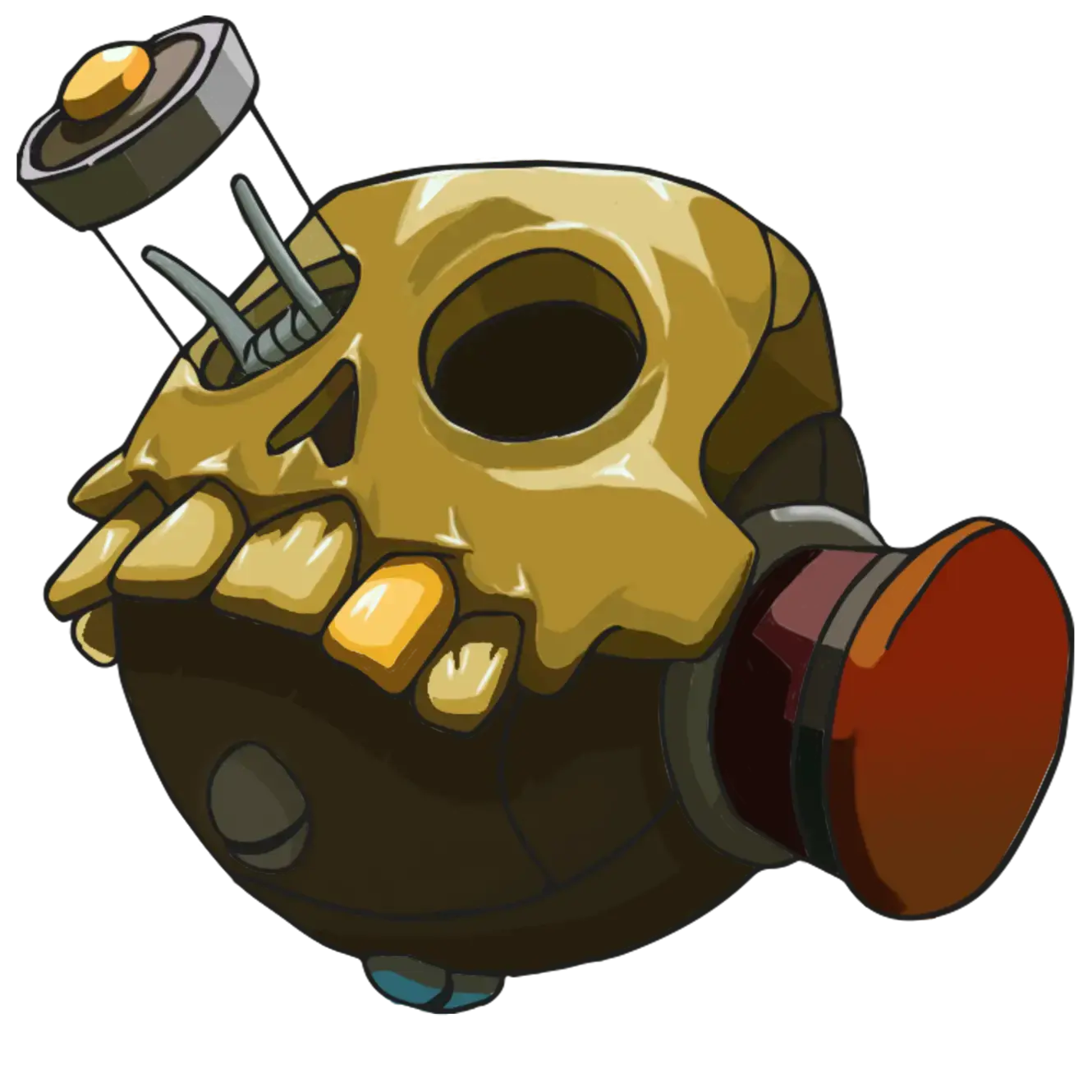I’m trying to learn how to play and I understand what community cards are, what they do, who goes first/last, etc, but how do the cards in your hand effect the game? I can’t find the answer anywhere and it’s getting confusing.
Your hand is the best 5 cards you can make out of your 2 hold cards and the 5 community cards.
If your hold cards are 9-6 and the community cards are 3-4-5-7-8, your hand is a 9 high straight (5-6-7-8-9.) An opponent holding A-6 would have an 8 high straight (4-5-6-7-8,) so you would win because you have a higher straight.
The game starts with 2 hold cards kept face down and a round of betting (preflop.) Then comes 3 face up community cards (flop) followed by another round of betting, then the 4th community card (turn) and more betting, and finally the 5th community card (river) and the final round of betting. Any players still in the hand reveal their cards in betting order, called the showdown, and the best hand wins.
The trick to poker is to realize that, at any stage of the game, the player who has the best hand at that stage is more likely to have the best hand on the river. However, it’s also important to know that each new card has the potential to change who has the best hand.
For example, Player 1 has a starting hand of 6-6, and Player 2 has a starting hand of A-A. Player 2 has a much better starting hand, and if the community cards are unhelpful to either player, then Player 2 will win with the higher pair.
Let’s say the flop is 2, 4, 6, all offsuit. Now Player 1 has 6-6-6, putting them ahead of Player 2’s A-A.
Level 0 play is to just call anything and hope you win. So if Player 1 was playing at level 0, they would bet the same regardless of whether their hand was good or bad, because they don’t really know what they’re doing.
Level 1 is playing your own hand. Here, it means recognizing holding 6-6, which makes the set, is the second best hand after 3-5, which makes the straight. A level one player would play the odds and bet here.
Level 2 is playing your opponent’s hand. Let’s say your opponent bets strongly on the flop. You consider that your opponent may have gotten the straight, two pair, or a set of 5s, and you might decide to fold to avoid getting burned by the straight.
Level 3 is playing what your opponent thinks your hand is. If you think they have a straight draw or two pair, you may decide to bet strongly to give your opponent bad pot odds on calling your bet. Or if you think they’re unlikely to catch up, you bet weakly to make them think you’re on the straight draw, so they get overconfident with their A-A and make a large raise against you that you’ll eagerly call.
Level 4 is playing what your opponent wants you to think they have. Let’s say your opponent bets strongly on the flop. They clearly want you to think they hit the straight, but you know they called your raise preflop and have been playing conservatively all night. Because of this, you are very confident that if they had 3-5 preflop they would have folded it instead of calling the raise, so you believe they actually have a pocket pair or A-K, A-Q, or A-J. You call, since your set beats all of those.
Let’s say you call and the turn comes up a 3. Now you need to worry about your opponent having 5-5. Could they have hit the straight on the turn? What if they have 7-7: then on the river they could pick up a 5 or one of the remaining 7s to beat you (6 cards total.) Here, you’ll need a good read on your opponent and a good understanding of pot odds to decide whether it’s better to stay in the hand or fold. If you’ve correctly deduced that your opponent is likely to have A-A and is bluffing the straight, you will be able to confidently stay in the hand, but if you believe you are beat then you might have to fold.
Ultimately, to consistently win at poker, you need to play exactly one level above your opponent. If you’re trying to bluff (level 3) but your opponent isn’t considering your hand at all (level 0 or 1,) the bluff won’t work. If you can master levels 1-3 and switch back and forth depending on your opponents, you’ll be a solid player.
You make your best hand out of your 2 cards and the up to 5 cards on the table.
So if you have 2 aces and there’s 1 ace and 2 king on the flop, the best hand is a full house. 3 ace and 2 king.
If the next card is a ace, it’s now 4 aces.
Thank you, now it makes a lot more sense.
And you only play with 5 cards; Sometimes you’ll have three pairs or a spare ace in your hand that you might think gives you an edge, but if it’s not part of the 5 cards that make your best hand, it’s as if it doesn’t exist.
deleted by creator
AKK flop best hand would be KKKKA. Holding AA on an AKK flop gives you second nuts.
I meant their hand, but true
I was just going off of what you wrote, couldn’t know what you meant
Of course you can. It’s called context.
The user didn’t know how to read his hand so I was explaining with an example of his hand, how to read his hand.
While you’re technically correct given how I worded it, you could absolutely know what I mean.
I’d even say adding that correction is fair as I did, but to claim you couldn’t know I’d strongly disagree on.
Cool, wanna play cards?
Something not mentioned yet. Poker is a gambling game. You can say that it’s a game of signals, and reading the opponents. So, a big part is guessing what could the other players have based on their bets and what’s on the table. When you have a better hand, you can be more daring with your bets, and vice versa. But if it seems like all the players have bad hands, then being aggressive and lying could win you the pot.
The strategy is on the probabilities. This is a solved area of math. There are certain starting hands that are statistically more likely to form the best winning hands with the table than others. You can use that to decide how aggressively to gamble at the beginning. For example, a 2 and 7 off color is one of the worst. You’ll hardly win anything with that, but depending on what others do you could steal the blinds without a single card on the table. One of the best is a pair of Aces. You can be sure that you can out bet almost anything at the beginning. But if by the river there are only nonconsecutive, non-repetitve, off color numbers, you know the best you got is barely a pair. On that table, an aggressive player could be read as someone who lucked out with two pairs or even a straight. Now your hand isn’t as pretty as it was at the start. Thus the thrill of poker begins. Should you go in and be aggressive taking the risk. Or do you cut your losses. They could be bluffing.
to add to this, reading people is important, but also controlling yourself and minimizing tells- or using tells to enhance the bluff.
But generally speaking the vast majority of people are going to better with something like an ABC strategy- something simple, easy to follow that’s based on the cards. Like Maverick says in that movie. I hardly ever bluff
I minimize my tells by playing high as fuck. Hard to read my hand when I’m not even really sure what I have.
I minimize my tells my maximizing all my annoying, socially awkward behaviors.
The cards in your hand, plus the cards on the table are the cards you can make your hand from. There will always be two cards available to you that you leave out of your hand. Whoever has the best hand wins. It could also be a tie. Let’s say there’s a royal flush on the table. Everyone ties because that’s the best hand, regardless of what’s in your hand, so the pot is split between all the players who didn’t fold.
As others have said, you make the best possible five card hand out of your two hole cards, as well as the available five community cards. Most times you use 1-2 of your hole cards to make the best hand, especially if you have a pocket pair, or higher face cards.
I recommend printing out a “Poker Hands Chart” so you can see what hand rankings are- which hands are low and which are high (for example, three 7’s are a higher hand than a pair of King’s, but a straight is even higher than either).
Poker chips often have different values based on the colour of the chip.
Betting is done each round, before the next community card(s) are drawn.
You can match the current bet, raise the bet, or if no bet is placed yet, you can pass (but still be in the round) by saying check.
I learnt the rule of the game solely from this https://www.bigfishgames.com/us/en/games/1021/casinoislandtogo . Maybe not exhaustive but it teaches me that it’s one of the game that really doesn’t make any sense without betting.
You don’t, you make a best guess and even then you can pretend you have a great hand. That’s why it’s gambling.
Also afaik there’s no counting cards in poker? I kind of wonder if you can now
In 7-stud having card memory is important because there are no common cards. There’s a famous scene in Rounders where Matt Damon’s character comes in a reads the “Judge’s Game” cold and mentions that one of the players had folded a card that was necessary for one of the players to win (I think the one that was bluffing), securing his clerkship. Good scene
Not in the same sense as with blackjack, but you can keep track of public cards to determine odds of a card appearing. For example, if you have one king in hand and there is one on the flop, it’s unlikely that 1 of the next 2 cards will be a king, so counting on it for a winning hand is a bad bet.
You make the best combination of your hole cards and the community cards. So if you have Ah Ad in your hole cards and the community cards are 10h 6d Ac Ks 2s, you’re hand is Ah Ad Ac Ks 10h.
An important note is that you do not have to use any of your hole cards. If the community cards are A K Q J 10 of Spades, then your hand is the same the community cards (along with everyone else). In this case you do not use your hole cards at all to make your hand.
It’s quite funny when it happens that the table makes the best possible hand. Everyone still in shows what cards they were bluffing with and splits the pot.
I’ve had it where I was winning until the final card caused one of these split pots; I’d been betting strong and was hoping no-one would notice that the table held the nuts (they did).
know
LOL
When I learned poker playing Red Dead Redemption I copied the list of possible Texas hold em hands into a text file for reference. Each hand beats all of the ones below it. You pray that you get the right cards for something good, and hope your opponent doesn’t.
Once you know the best hands it’s a matter of learning to predict what your hand might become as the pot goes on. Both the community cards (the river) and your personal hand can work together to make any of these hands. If you’re talking individual card face value it starts high at ace and ends low at 1. Here it is:
Have the highest hand per round to win the pot.
Royal Flush- You would need an Ace, King, Queen, Jack, and Ten in the same suit
Straight Flush- A sequence of five cards in the same suit
Four of a Kind- Four cards of the same value
Full House- Three cards of the same value with a pair of cards.
Flush- Five cards of the same suit
Straight- A sequence of five cards
Three of a Kind- Three cards of the same value
Two Pair- Two sets of two cards of the same value
One Pair- One set of two cards of the same value
High Card- The highest card in your hand
If you and your opponent have the same overall hand, the higher value wins, so with an ace pair and a 5 pair the ace pair wins.
How did you know it was for rdr?
Is there some gambler challenge that you’re trying to clear? I gave up at the blackjack one and shot the dealer
I was wanting to use it to get more money. Also because I couldn’t figure it out for the mission with the reverend.
I didn’t, lol, that was the game that also got me to learn the hands. It’s the only reason I had those saved
I know I can’t win… that’s about it 🤣.
While I can’t answer how I can answer the when: after the river.
Unlikely bullshit flipping in the river against an opponent who had no business betting this far is so infuriating!
At a basic level, all of your cards CAN effect the outcome for you alone. For example, if you have a king and a 5, and there’s a five in the river then you have a pair. This is ranked last in the hands you can have that still can win. If nobody else has anything, you win.if someone else’s hand outrank yours, they win. If you tie, then I believe (don’t quote me) that it comes down to who has the higher non-pair card. You’ll want to have a reference for the hand rankings if you’re playing casually, or memorize them if you’re playing seriously. Does that help?
All the cards on the table in the community hand are counted as part of your hand, and the same is true for the other players.
If there are 2 aces in the pile, and you have 1 ace in your hand, you have a 3 of a kind. But if another player has the last ace, they also have a 3 of a kind using their ace and the 2 on the table.








